Overview
The White Oil Pipeline was commercially commissioned in March 2005, comprising of 786 Km of 26” dia cross-country pipeline, storage tanks, pumps, and other allied facilities. The present transportation capacity of the system is 8 million tons per year, which can be enhanced up to 12 million tons per year when required in future.
Key Project Information
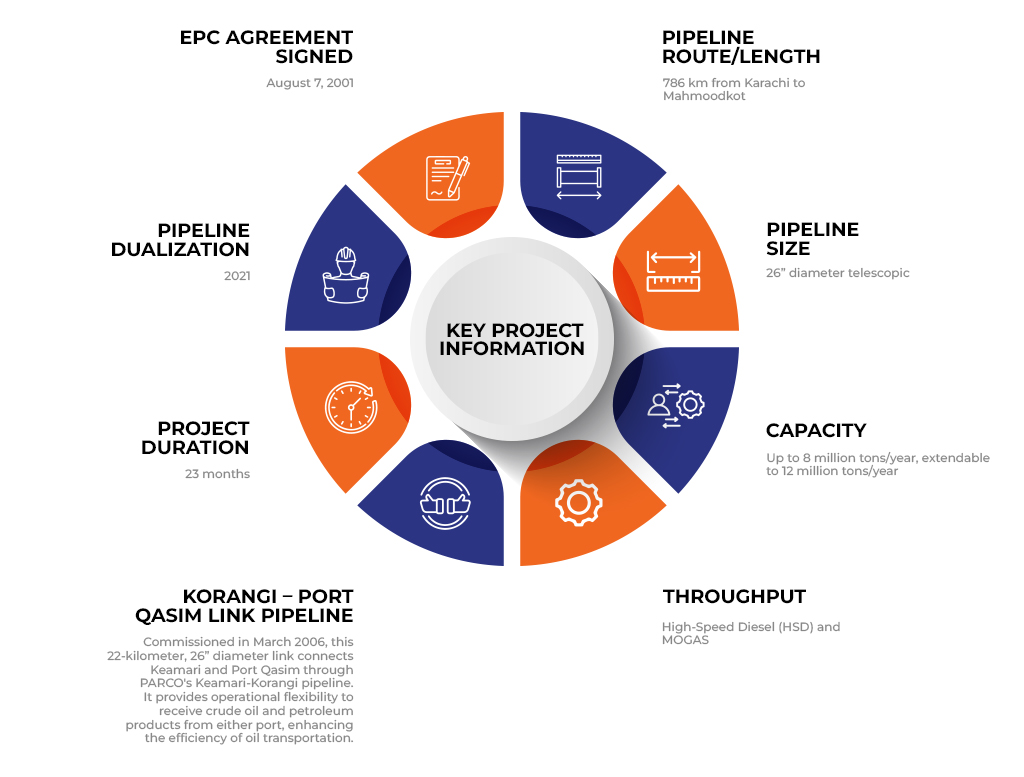

PAPCO’s White Oil Terminal Station (WOTS-I) at Port Qasim is also connected with the Fauji Oil Terminal (FOTCO) jetty and oil marketing companies’ Terminals at Port Qasim. It is also connected with Karachi Port Trust (KPT) oil piers, Pakistan Refinery Limited, and National Refinery Limited through PAPCO’s Korangi-Port Qasim Link Pipeline (KPLP) and Pak-Arab Refinery Limited (PARCO) pipeline network in Karachi.
Milestones


PAPCO has also provided additional strategic product storage of 471,000 MT to the country, thereby improving the security of supplies.
The company has an O&M agreement with PARCO, which creates synergies in technical and management areas between PAPCO and PARCO, resulting in professional and cost-effective operation of the pipeline.
Salient Features
- Commercial Commissioning: March 2005, comprising 786 km of 26” diameter cross-country pipeline, storage tanks, pumps, and other allied facilities.
- Current Transportation Capacity: 8 million tons/year, with potential expansion to 12 million tons/year.
- Annual Transportation: Over 5 million tons of HSD and Mogas transported via the PAPCO system.
- Strategic Storage: Additional product storage capacity of 0.221 million tons, enhancing supply security.
- Stations: High Speed Diesel and MOGAS storage and pumping at Port Qasim, Shikarpur, and Mahmoodkot.
- Pumping Capacity: 1800 HP motor-driven pumps at Port Qasim and Shikarpur.
- Synergies with PARCO: An O&M agreement ensures professional and cost-effective operation through technical and managerial collaboration.

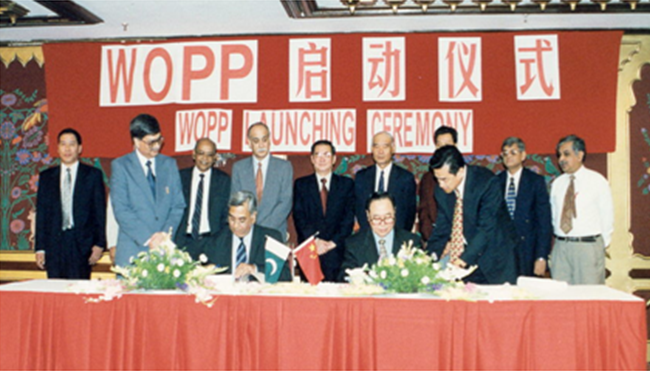
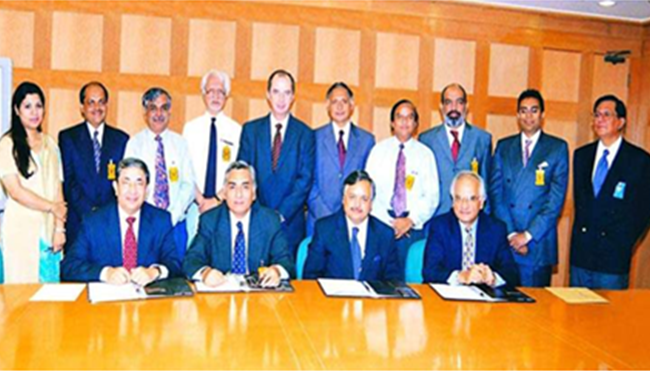
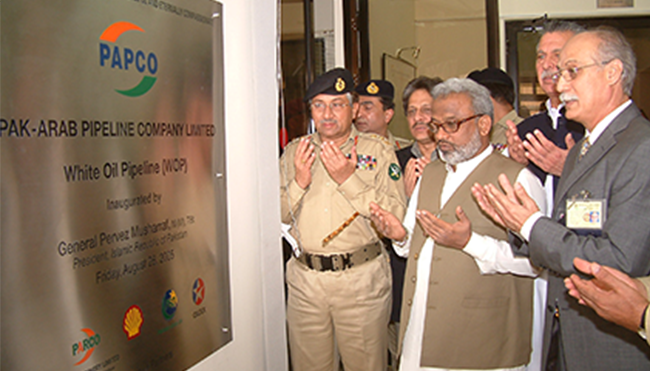
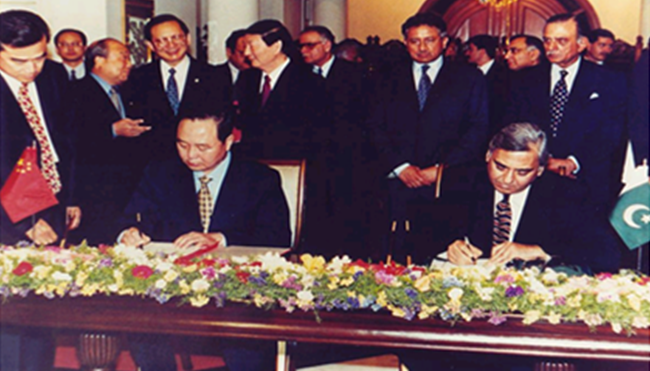
Environmental Friendliness





WOP Inauguration
On August 26, 2005, the White Oil Pipeline was officially inaugurated by General Pervez Musharraf, then President of Pakistan, at Port Qasim Station. The event was attended by prominent government officials, industry leaders, and international guests, marking a milestone in the country’s oil logistics infrastructure.
